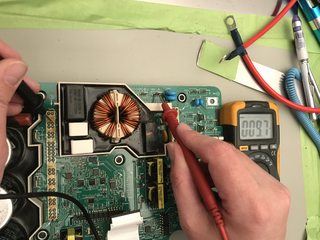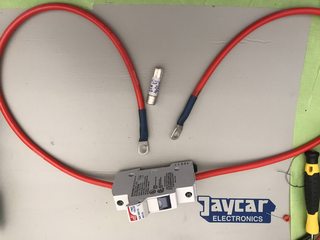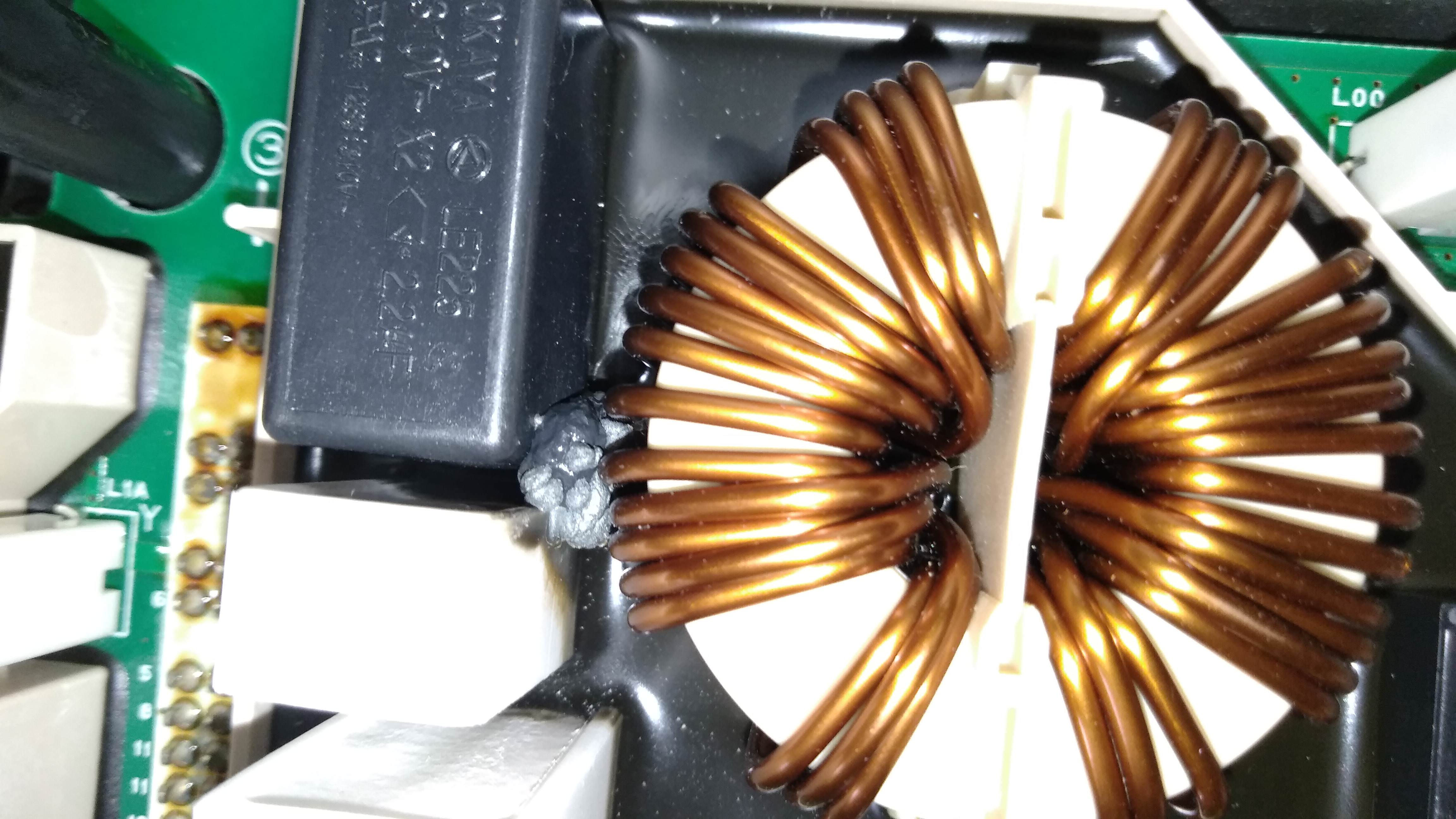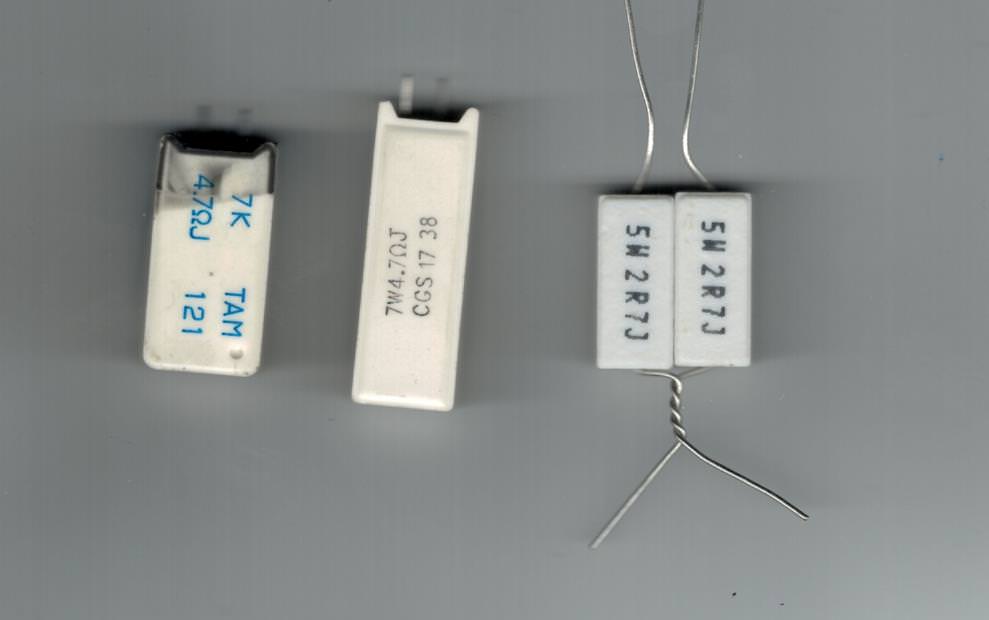ChristopheFR said:
.... On this one we can see the fused resistor. I did not see last time. We also see that the rubbery potting has boiled.
Questions:
1) should I change the capacitor as a precaution? I have not found a supplier in Europe for the Okaya capacitor, do you think that one is correct?
https://content.kemet.com/datasheets/KEM_F3001_F861_X2_310.pdf
Same nominal voltage, same characteristics and same dimensions.
2) The reference of the fused resistor is hidden by the resistor P10k. Is it a 5k or a 7k Tamura? what reference to change it?
3) If the P10K resistor is also fused, what reference to change it?
Good work to catch the resistor and the safety (X2) cap.
1. yes change it while you are in there, the kemet should be a good substitute.
2. and 3. It is a 7K without the internal fuse, not sure about substitutes for these parts.
The Tam datasheets are linked in this post: http://myimiev.com/forum/viewtopic.php?f=23&t=4079&start=140#p37274
Even though the relay seems okay by your test, it doesn't prove that it wasn't damaged--i would bet that it has been damaged and should also be replaced, especially since so many other parts have damage, you may as well replace the relay as cheap insurance. In addition you need to determine what caused the power resistors to get overheated--were the relay contacts frosted over and not making good contact, or did something interrupt the 5V supply to the relay coil?
You will need to desolder the waffle plate to get access for the cap and resistors, and the relay. Unless you are quite skilled at this sort of work, then i would recommend that you find an electronics repair shop with a powerful vacuum desoldering gun to help you make these repairs--it is difficult to desolder the plate without the right equipment.
Considering the amount of work to remove the plate is also why i recommend to replace the relay--once you are in there it is easy to replace, and you don't want to have to repeat all this because of an unknown failure of the relay.





































